In the vast expanse of the cosmos, where human presence is but a fleeting whisper, NASA's Voyager 1 stands as a testament to human ingenuity and perseverance. Launched in September 1977, this spacecraft has journeyed farther from Earth than any other human-made object, venturing into the realm of interstellar space. At a staggering distance of 15.5 billion miles (25 billion kilometers) from our planet, Voyager 1 continues to send back invaluable data, offering glimpses into the unknown. However, its mission recently faced a critical challenge that required engineers to pull off a remarkable feat of engineering and ingenuity.
Voyager 1 relies on a complex system of thrusters to maintain its orientation, ensuring that its antenna remains pointed toward Earth. This is crucial for both receiving commands from mission control and transmitting the data it collects. The spacecraft's primary thrusters are responsible for its overall orientation, while a set of specialized roll thrusters keeps it aligned with a guide star, stabilizing its position in the vastness of space. Without functional roll thrusters, the spacecraft could lose its orientation, potentially jeopardizing the mission.
However, over the decades, tiny amounts of propellant residue have accumulated in the thrusters, posing a significant risk of clogging. Engineers have managed to mitigate this issue by periodically switching between the original and backup thrusters, as well as utilizing a set of trajectory thrusters originally designed for planetary flybys in the 1980s. Unfortunately, these trajectory thrusters do not contribute to the spacecraft's roll, leaving it reliant on the backup roll thrusters since the primary ones ceased functioning in 2004 due to a loss of power in two internal heaters.
The situation became particularly urgent as an Earth-based antenna in Canberra, Australia, which is the only one capable of communicating with Voyager 1, went offline on May 4 for upgrades that will last until February 2026. This planned communications blackout meant that if the backup roll thrusters failed during this period, NASA would have no way to save the mission. Faced with this daunting prospect, the engineering team at NASA's Jet Propulsion Laboratory (JPL) in Pasadena, California, had to think creatively and take calculated risks to revive the long-defunct primary roll thrusters.
Kareem Badaruddin, Voyager mission manager at JPL, explained the initial acceptance of the primary roll thrusters' failure in 2004. "At that time, the team was OK with accepting that the primary roll thrusters didn't work, because they had a perfectly good backup," he said. "And, frankly, they probably didn't think the Voyagers were going to keep going for another 20 years." However, with the looming threat of clogging in the backup thrusters, the team had to revisit the problem and explore potential solutions.
The engineers hypothesized that a disturbance in the circuits controlling the power supply to the heaters might have flipped a switch to the wrong position. If they could flip it back to the original position, the heaters—and consequently the primary roll thrusters—might restart. However, this solution was far from straightforward. The spacecraft is beyond the heliosphere, the sun's protective bubble of magnetic fields and particles that extends well beyond Pluto's orbit. Any attempt to fix the thrusters involved significant risks.
The team had to switch Voyager 1 to its primary roll thrusters and turn them on before attempting to fix and restart the heaters. If the thrusters fired while the heaters were still off, the sudden temperature change could cause a small explosion, potentially damaging the spacecraft. Additionally, the mission team was under a tight timeline. They needed to test the thrusters before the Canberra antenna went offline for good, ensuring they had a viable option for maintaining communication during the blackout.
On March 20, after sending a command to activate the thrusters and heaters the day before, the team anxiously awaited the results. It takes more than 23 hours for data to travel from Voyager 1 back to Earth, making the wait excruciating. When the data finally arrived, showing the temperature of the thruster heaters rising dramatically, the team knew they had succeeded. "It was such a glorious moment. Team morale was very high that day," said Todd Barber, the mission's propulsion lead at JPL. "These thrusters were considered dead. And that was a legitimate conclusion. It's just that one of our engineers had this insight that maybe there was this other possible cause and it was fixable. It was yet another miracle save for Voyager."
This remarkable achievement is a testament to the dedication and ingenuity of the Voyager team. Suzanne Dodd, Voyager project manager and director of the Interplanetary Network at JPL, emphasized the importance of the antenna upgrades, which will support future crewed lunar landings and enhance communications capacity for deep space missions. "We've been through downtime like this before, so we're just preparing as much as we can," she said.
The successful revival of Voyager 1's primary roll thrusters not only ensures the spacecraft's continued operation during the communications blackout but also highlights the enduring legacy of this historic mission. Voyager 1 has already exceeded expectations, traveling billions of miles and providing unprecedented insights into the nature of interstellar space. Its journey, now extended by the engineers' efforts, serves as a reminder of humanity's boundless curiosity and our relentless pursuit of knowledge.
As Voyager 1 continues its solitary voyage through the cosmos, it carries with it the hopes and dreams of generations. The spacecraft's resilience, coupled with the unwavering commitment of the engineers at NASA, ensures that its mission will endure. The revival of the thrusters is more than just a technical achievement; it is a symbol of human ingenuity and the power of perseverance. In the face of seemingly insurmountable challenges, NASA's engineers have once again proven that the impossible can be made possible.
The story of Voyager 1 is a reminder that our journey into the unknown is far from over. With each passing year, the spacecraft ventures farther into the mysteries of the universe, sending back data that challenges our understanding and inspires new questions. The engineers who revived its thrusters have not only saved a mission but have also rekindled the spark of wonder that drives us to explore the stars. As we look to the future, with plans for crewed missions to the moon and beyond, the lessons learned from Voyager 1 will undoubtedly guide our path.
In the grand tapestry of human exploration, Voyager 1 stands as a beacon of hope and a symbol of our boundless potential. Its journey, now extended by the ingenuity of a dedicated team, will continue to inspire generations to come. As we marvel at the achievements of the past, we must also look to the future, knowing that the spirit of exploration that drove the Voyager mission will continue to propel us forward, into the unknown and beyond.

By /May 21, 2025

By /May 21, 2025
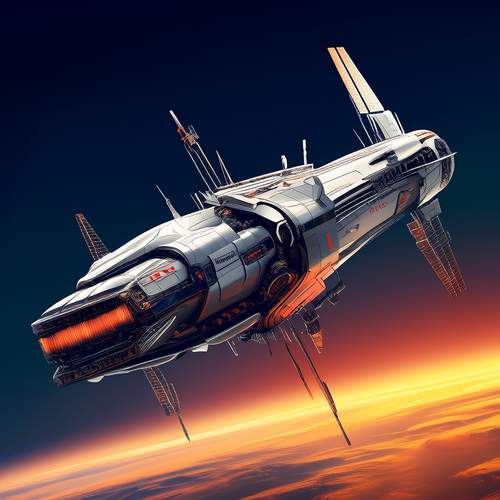
By Natalie Campbell/May 21, 2025
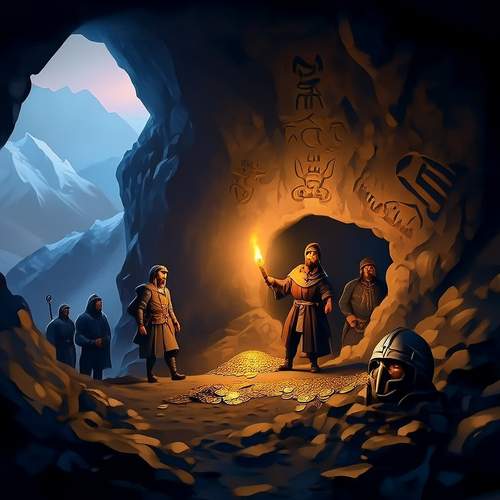
By Victoria Gonzalez/May 21, 2025

By Noah Bell/May 21, 2025
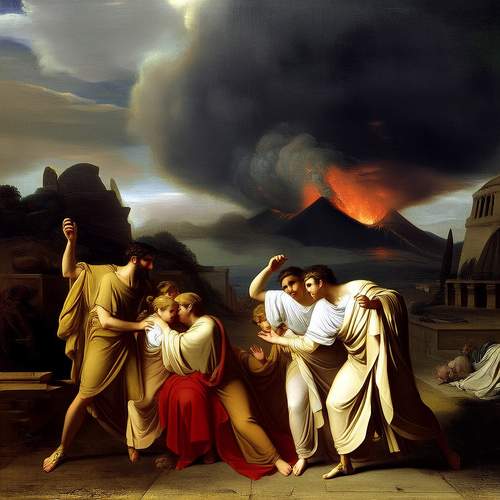
By Joshua Howard/May 21, 2025
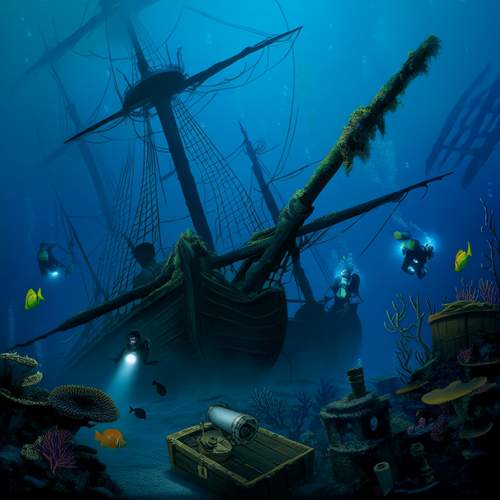
By Olivia Reed/May 21, 2025
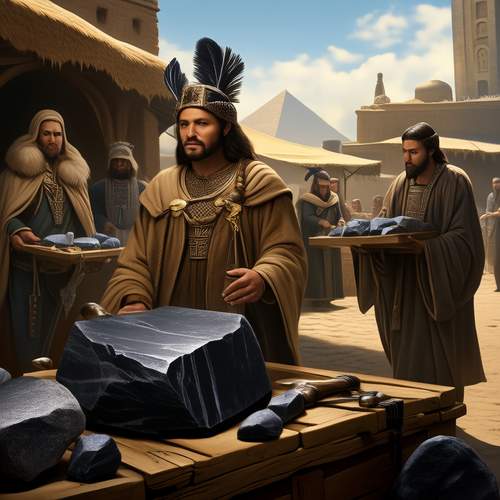
By David Anderson/May 21, 2025

By Victoria Gonzalez/May 21, 2025
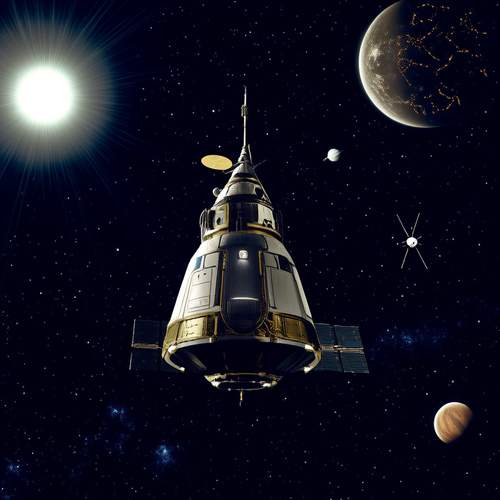
By Sophia Lewis/May 21, 2025

By Daniel Scott/May 21, 2025

By Jessica Lee/May 21, 2025
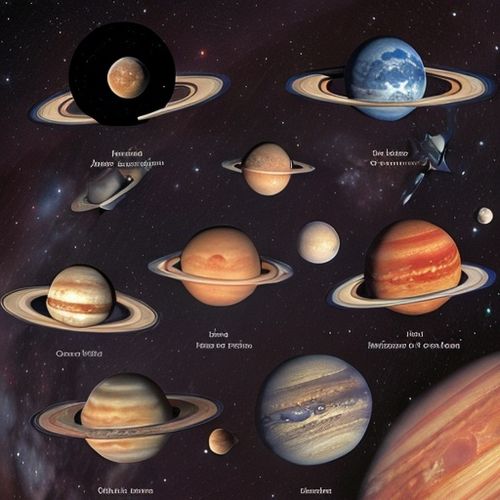
By Jessica Lee/Dec 22, 2024

By Emily Johnson/Dec 22, 2024
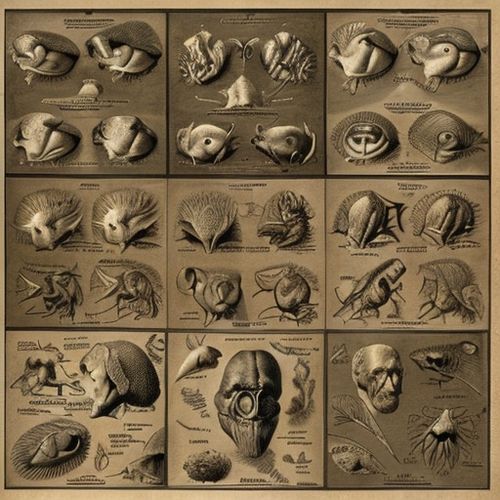
By Elizabeth Taylor/Dec 22, 2024
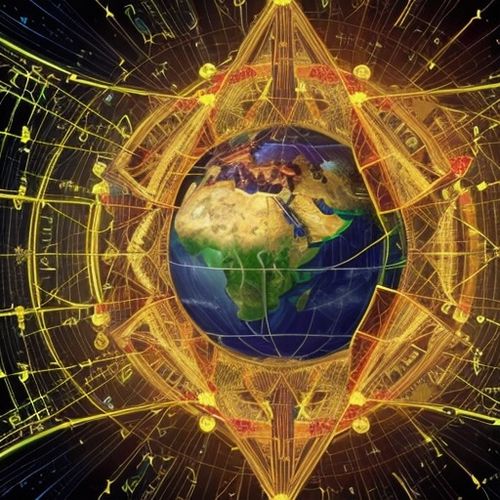
By Benjamin Evans/Dec 22, 2024

By Elizabeth Taylor/Dec 22, 2024